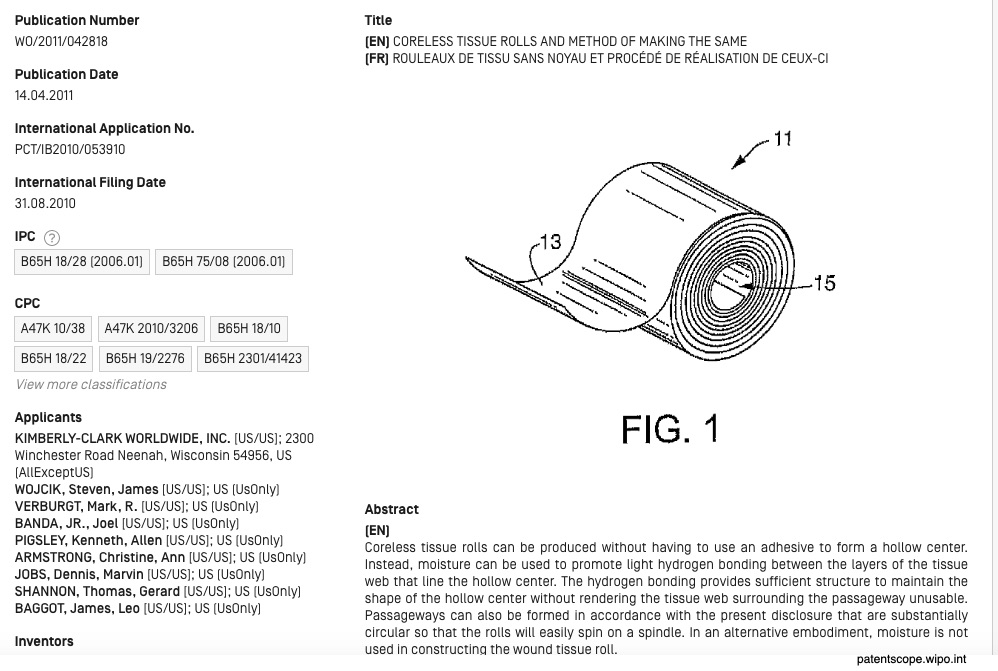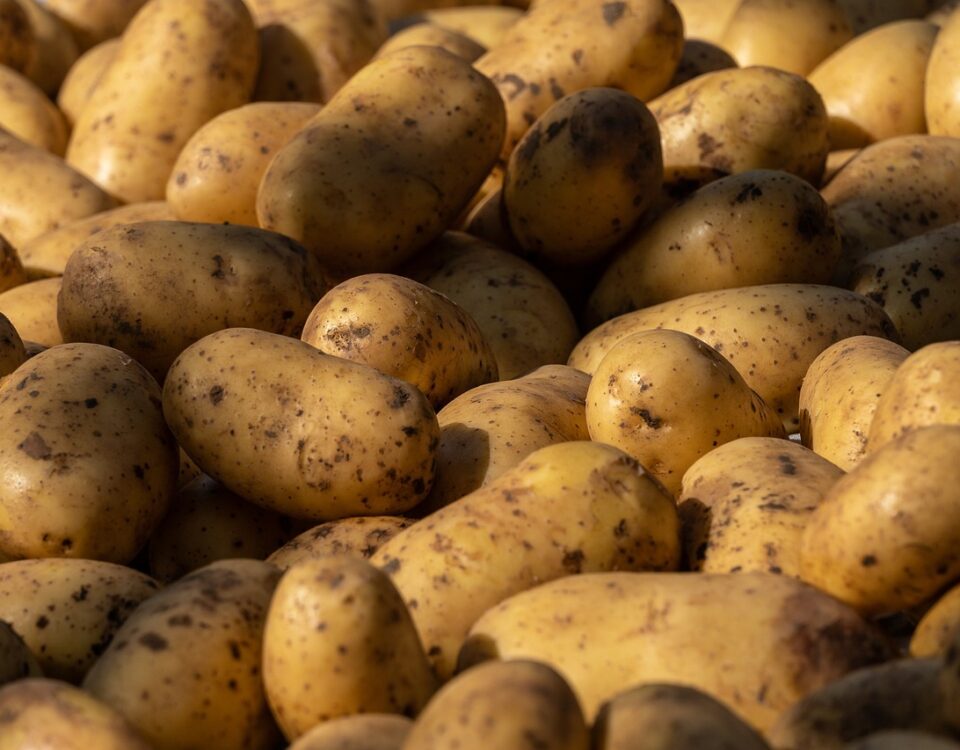
Where Fashion Is Suffering From the Coronavirus
March 1, 2020
The Pricey Purse That Created a Problem
March 3, 2020Years ago Perdue Farms discovered that China wanted its chicken feet. So they sold them the feet and transformed what had been waste into more revenue.
Less waste is where we are returning today. With sneakers and clothing, we started a less-waste list. Today we add tubeless toilet paper.
Less-Waste Design
Tubeless Toilet Paper
In 1890, Scott was the first brand with a cardboard inner toilet paper tube. Now they’re the first with a tubeless roll. In 2009 they got the patent.
This is a part of their application:
The upside of the tubeless roll is that we use it all. We don’t waste trees on the inner tube that gets discarded. One municipal recycling expert tells us that the 160 million pounds of cardboard tubes we throw out or recycle annually mostly wind up in landfills. (I cannot imagine where they got those numbers.)
However, it is tougher to make the roll without the tube. Its needs a rigid hollow center and even more fiber to retain its shape. Also, most consumers prefer the tubes. We tend to grab the rolls with the cardboard because they look larger.
But tube free does have a following. So when Scott discontinued it, thousands of protesters responded. I found this comment on a Scott website:
Coffee Ground Shoes
Sneakers made from recycled plastic and coffee grounds also help to diminish what we throw into landfills. The sneakers are waterproof and 65% coffee yarn (really). Another plus is that the shoes won’t be smelly because coffee can be an odor killer.
Rens makes the coffee ground shoes:
I suspect though that using less fabric is really the way to waste fewer resources. The waste starts in the factory where denim, for example, could arrive as a 60 inch roll. Then, imagine how it needs to be cut. When you slice out the shapes you need for the pockets, lapels, and collars in jackets you create massive waste. Women’s dresses that curve in at the waist, yes, create waste.
One designer who teaches at Parsons in NYC is trying to solve the problem with a new kind of pattern. Think of a shirt. The goal is to minimize the waste by using every part of a rectangle of fabric.
Below you can see his waste minimizing pattern:
Our Bottom Line: Economic Efficiency
We could say that all goods and services are made from factor recipes composed of land, labor, and capital. Called the factors of production, land, labor, and capital include natural resources, people power, and tools and equipment. Economists believe that we optimize efficiency when those recipes minimize waste …
As perhaps (but not positively) tubeless toilet paper, coffee ground sneakers, and pocketless shirts do.
My sources and more: I was delighted to read the NY Times article on tubeless toilet paper because it was the perfect addition to our “Why We Want…” list. From there I found the statistics on toilet paper waste. Then, for past posts, I used WEForum, Rens, and an Outside In podcast.
Our featured image is from the NY Times.
![econlifelogotrademarkedwebsitelogo[1]](/wp-content/uploads/2024/05/econlifelogotrademarkedwebsitelogo1.png#100878)








